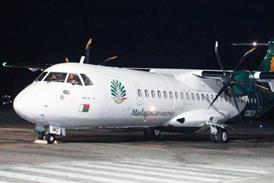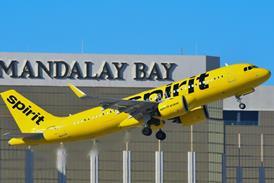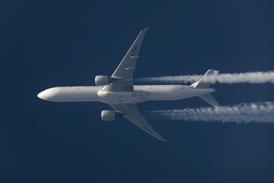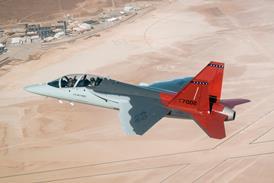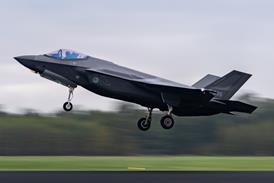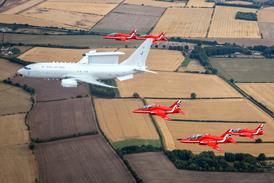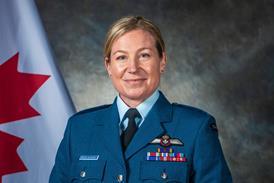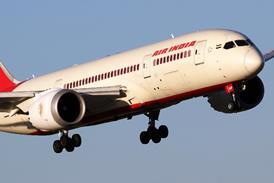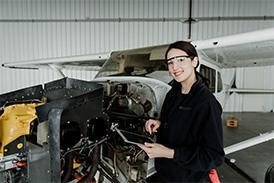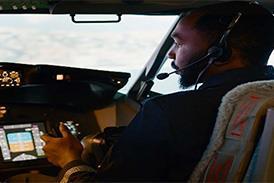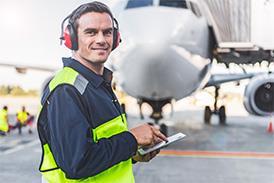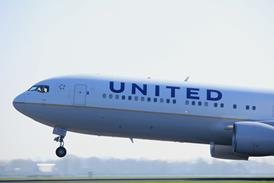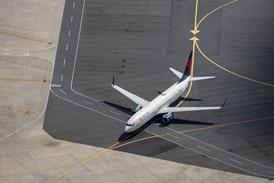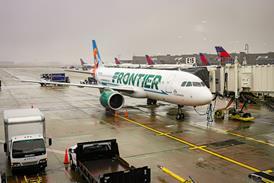The Royal Australian Air Force (RAAF) has wrapped up the deployment of a Boeing E-7A Wedgetail airborne early warning and control (AEW&C) aircraft to Europe, where the asset reportedly played a role in detecting Russian incursions.
The aircraft has been operating in Poland since July in support of NATO, says Australia’s Department of Defence (DoD). Australia is not a member of the alliance but has a close relationship with it under a formal partnership programme.
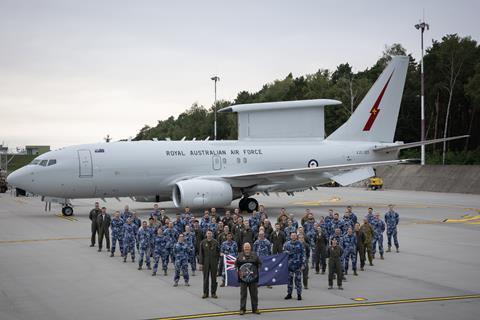
“With its long-range reconnaissance capability, the Australian detachment maintained vigilant oversight of Eastern Europe, delivering valuable intelligence to help NATO keep the assistance corridor open,” says the DoD.
“The deployment, conducted under Operation Kudu, demonstrated Australia’s ability to integrate with NATO operations and European partners, using one of the world’s most advanced airborne command and control platforms.”
It adds that the aircraft served as a deterrent that reduced the risk of strikes on logistics hubs outside of Ukraine, allowing the continued flow of supplies to Kyiv during its struggle against Russia’s invasion.
The DoD offers no details about the E-7’s work, but the Australian Financial Review newspaper reports that the 737-derived AEW&C type played a role in detecting and tracking recent Russian incursions.
These included the 19 September incursion when three armed Russian air force RAC MiG-31 interceptors flew in Estonian airspace for 12min, and on 28 September when Russia launched a massive drone attack against Ukraine.
The apparently successful RAAF deployment comes at a time of uncertainty for the E-7A programme. NATO is reportedly reconsidering plans to obtain 14 examples to succeed its obsolescent Boeing E-3 Sentries, a derivative of the 707, as the Trump administration signals that it may cancel the US Air Force’s (USAF’s) E-7A programme in favour of space-based sensors.
The type saw another setback in South Korea recently, with Seoul selecting a consortium for a future batch of AEW&C aircraft based on the Bombardier Global 6500 business jet airframe. The E-7 had been a contender for this requirement, with the Republic of Korea already operating four E-7As, but the US government did not make a submission in the final round of bidding.
Still, Boeing will deliver two E-7As under a rapid prototyping effort for the USAF, which has previously stated a need for 26 operational examples.
FlightGlobal’s 2025 World Air Forces directory shows that the RAAF operates six E-7As.

